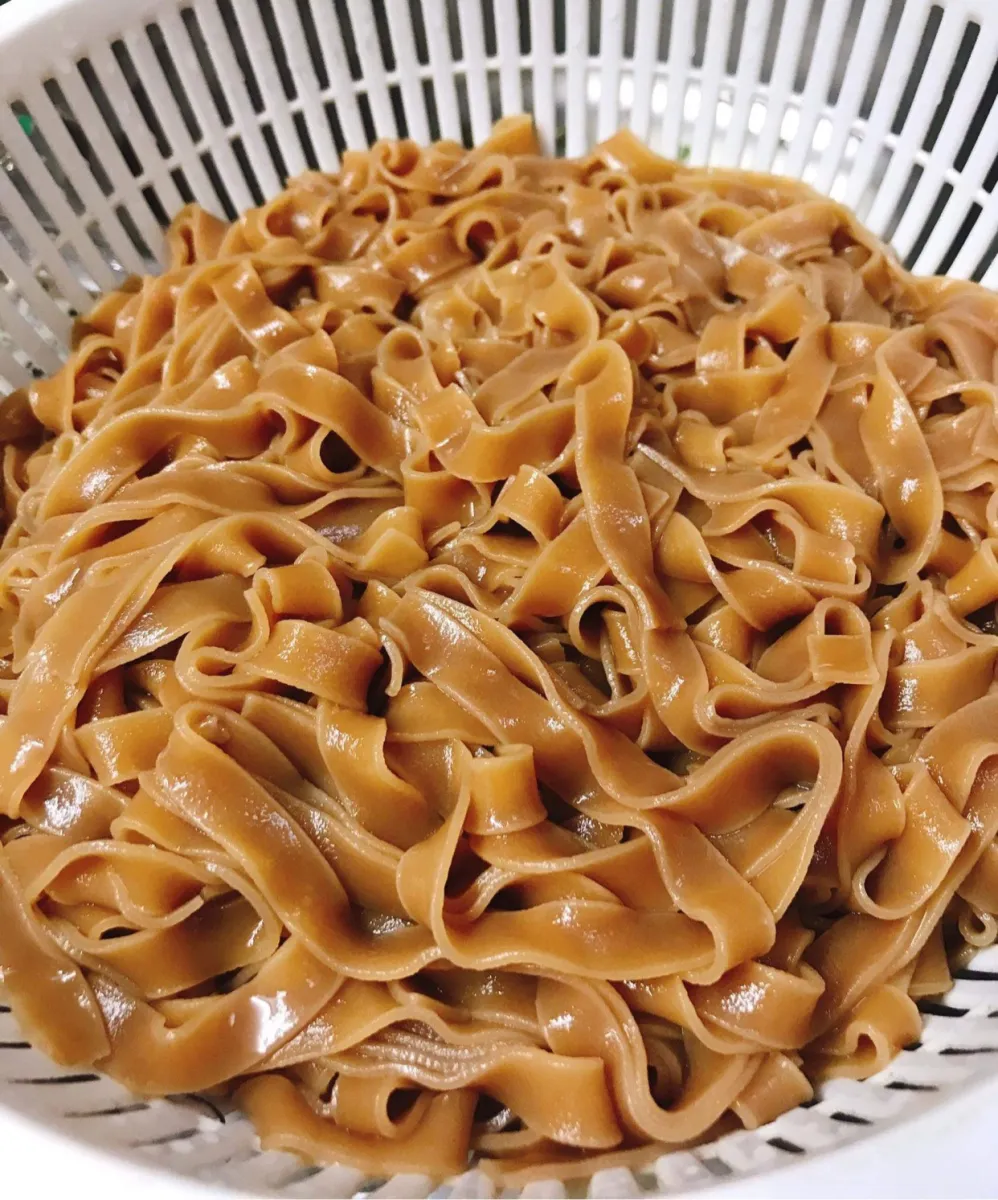Send Hai Phong crab noodle soup to Japan at a low cost and with distinction.
No one can forget the rice paper here, the breakfast food sold in all the streets and alleys on this port land when discussing Hai Phong specialties. This dish not only captivates the locals, but it also captivates the tourists.
Many people choose to give Hai Phong crab noodle soup as a gift to expatriates, and it is also an item that many Vietnamese people choose to do business with and export in European and Southeast Asian markets, particularly Japan.
World Courier Logistics can send Hai Phong crab noodle soup to Japan at extremely low prices, incentives, procedures, and tariffs.

Hai Phong crab rice paper: A delectable gift from the sea people
crab noodle soup in Hai Phong, a rustic and simple dish like the people of the sea here, is a long-standing traditional dish that has become a cultural feature of the coastal city.
To make this specialty crab rice cake, people here first select sun-dried rice grains, let them pass the season, then soak them in water for a few hours, puree them, and mix them with water to form a soft dough.
To make the dough dark brown, add ripe Gac fruit powder or simply a little “candy alum sugar” or “fragrant honey” according to the esoteric recipe.
The worker must then be skilled in order to thin it, steaming it, and covering it with bamboo vermicelli to dry it in the sun and dew.
Crab noodle soups are typically dried with “one sun, one dew.” That is, the baker will dry it up at night to catch the dew before bringing it to dry in the sun; or vice versa, the cake will be dried during the day to catch the sun before being collected at the end of the night.
To make delicious, soft but not friable, tough, and bold crab noodle soup, all of the above stages, from selecting raw materials to processing them, require skilled workers and experience with esoteric recipes.
How to cook crab noodle soup:
Ingredients for making crab noodle soup:
Crab.
Side.
Lean.
Live rolls.
Red rice cake.
Tofu.
Tomato.
Guava leaves, wood ear, purple onion, green onion, coriander, and purple onion are some of the scented vegetables.
With raw vegetables on the side.
Some steps:
Step 1:
To make the broth, we wash the ribs and stew them for about 2 hours.
Step 2:
Wash the crabs, remove the bibs, and peel off the shells. Separate the crab bricks and place them in a small bowl. The remainder is crushed and used to filter the water.
Step 3: Bring the filtered water with the crab to a boil.
Make the bone broth first, then chop the tomatoes and fry them in a little oil before adding them all to the broth.
With raw spring rolls, we put small balls in the pot of rice-paper crab broth. The chopped purple onions are fried for fragrance; add the brick that was removed from step 2 and then put it in the pot of broth.
Step 4:
Make pork rolls. Soak the wood ear with warm water to expand, then wash and cut off the dirty part.
Chop the wood ear with minced meat, a red onion, and a little spice; mix well.
Wash the bay leaves, dry them, pack them, and then fry them.
Step 5:
Cut the tofu into small pieces and fry until golden brown.
Step 6:
Wash and dry the crab rice paper; before eating, dip it in hot water to soften it.
Washed and drained raw vegetables are served.
A bowl of Banh Da Crab combines five yin and yang elements: dark brown rice paper with red chili, extra tomatoes, green vegetables, and a few finely chopped spring onions; what stands out is the bright yellow color of the crab bricks… They all appear to blend together to form a very distinct feature, rich in the sea flavor of this city of red phoenix flowers.

Shipping crab noodle soup to Japan at a low cost
Step 1: Customers prepare agricultural products.
Customers gather complete product information, including type, model, size, weight, origin, origin, features, and so on.
Step 2: Packing the merchandise
You are welcome to bring your own. At the office, World Courier Logistics also receives free carton packaging. Furthermore, for fragile goods, we support packing with wooden crates and wooden pallets.
Step 3: Communicate with the customer to confirm shipment.
Customers and delivery personnel review shipment information. Name, code, packing specification, quantity, packaging, and label are all included.
Weigh the cargo and figure out the freight.
The delivery confirmation is signed by the customer, and the goods are signed by the staff.
The consignment record and invoice must be made in two copies, with the sender’s and receiver’s signatures.
World Courier Logistics accepts to send many items to Japan at preferential rates in addition to crab noodle soup.
Vermicelli, dried vermicelli, functional foods, and so on.
Confectionery, Tet jam, red envelopes, fresh and dried fruit, and so on.
Clothing, shoes, fabrics, and numerous fashion items
Cosmetics include false eyelashes, facial cleansers, and so on.
Vouchers, records, documents, books, and educational materials
Samples of various goods.
Various types of accessories
A sound system, amplifier, and musical instruments are included.
Gifts, oil paintings, and lacquerware.
Ceramics, statues, and dishes
There are also many other extremely diverse items; contact us to learn more.
World Courier Logistics has always been a transportation industry leader. We are dedicated to providing you with the best service possible!
Read more:
Pet Transportation Regulations By Air
Is it as difficult as you think to export goods to Europe?
